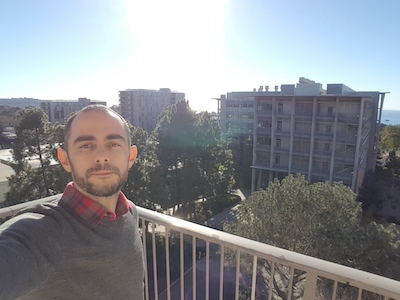

Our primary interest is the development of mathematical models for transcriptional gene-regulation networks. These models are applied to theroretically manipulate cell state in silico and make experimentally verifiable predictions. Our integrative systems biology approaches take as input varied data sources including microarray, deep-sequencing, ATAC-seq and curated knowledge. Current areas of application include cellular transdifferentiation and the identification of novel therapeutic targets for HIV-1 and Rheumatoid Arthritis.
We are also interested in the integration of molecular modelling with machine learning techniques. We apply these methods to characterize and design de novo small molecule inhibitors. We further investigate chromodomain-peptide interactions with the aim of optimizing domains to recognise specific histone-peptides for novel cellular nucleus visualization technologies. Codes used include the Schrödinger Suites and AMBER.
A third avenue of research is the application of network techniques to interrogate chromosomal structure and function using HiC data. This work attempts to refine our understanding of the architectural basis for the maintenance of cell identity within the nucleus and develop new biological models of transcriptional control.
Previous research focused on the development and application of theoretical methodologies for the calculation of physical properties of condensed phase matter. We were specifically interested in a class of biomedical amorphous materials known as phosphate bioglasses (PBGs). The work sought to characterise bulk properties, isolating structural features and diffusive mechanisms impacting dissolution. The atomistic and electronic information thus derived, aids the development of PBGs, optimized to suit the end clinical application. We employed a variety of theoretical techniques including electronic structure methods, classical dynamics and continuum approaches. The codes used included Quantum ESPRESSO, CP2K, CASTEP, DL_POLY and GULP.





